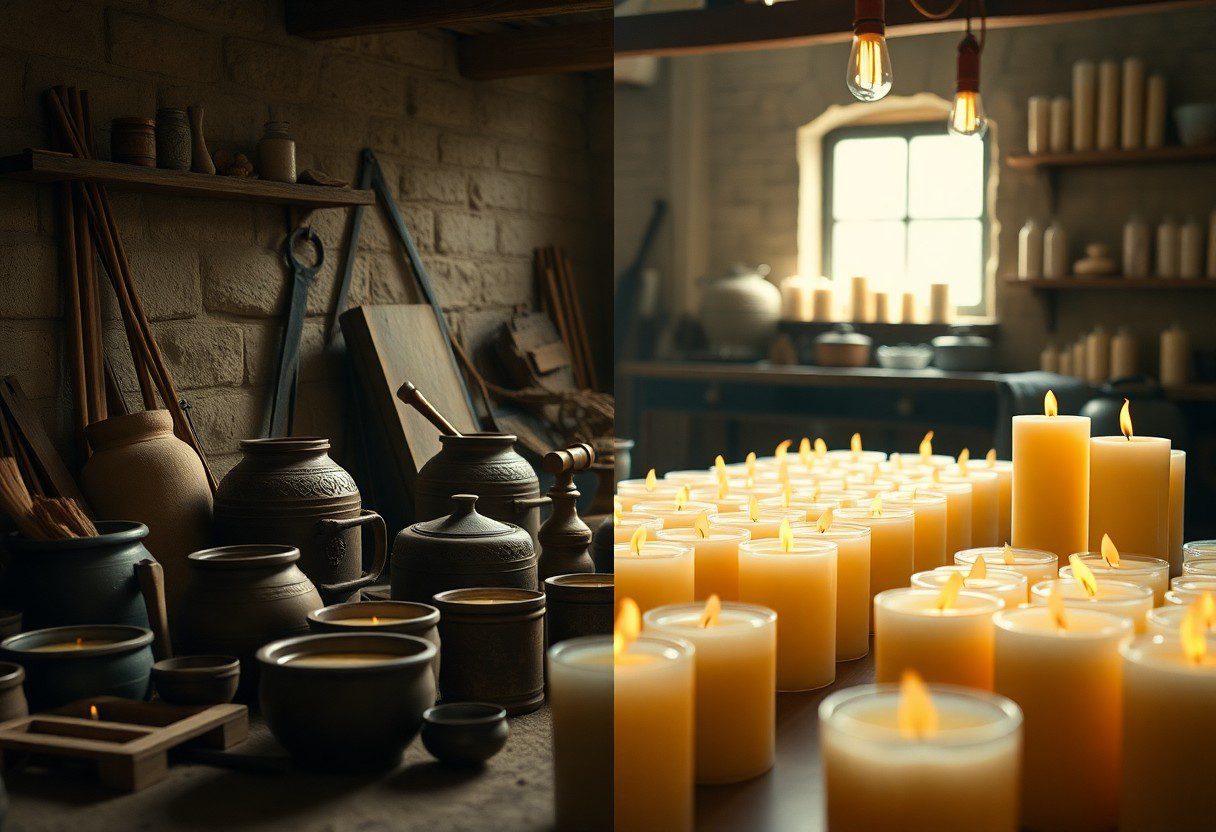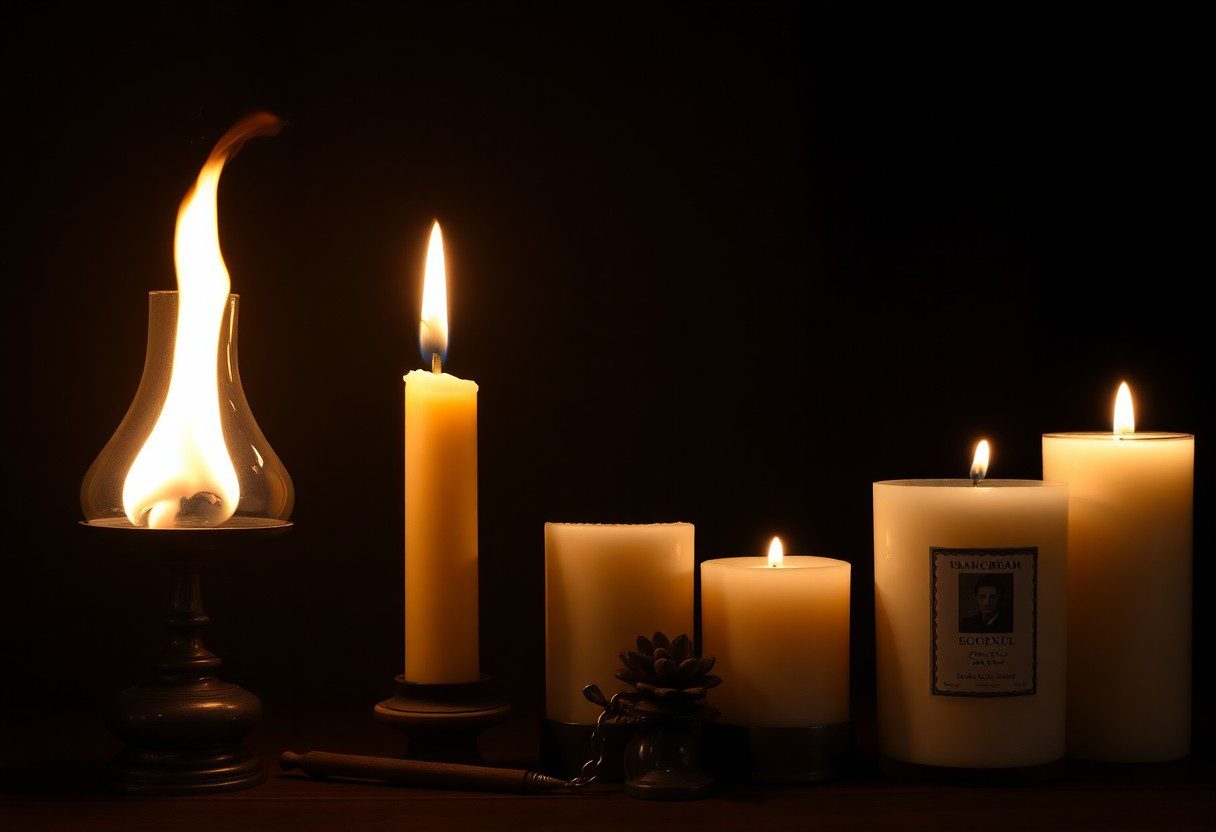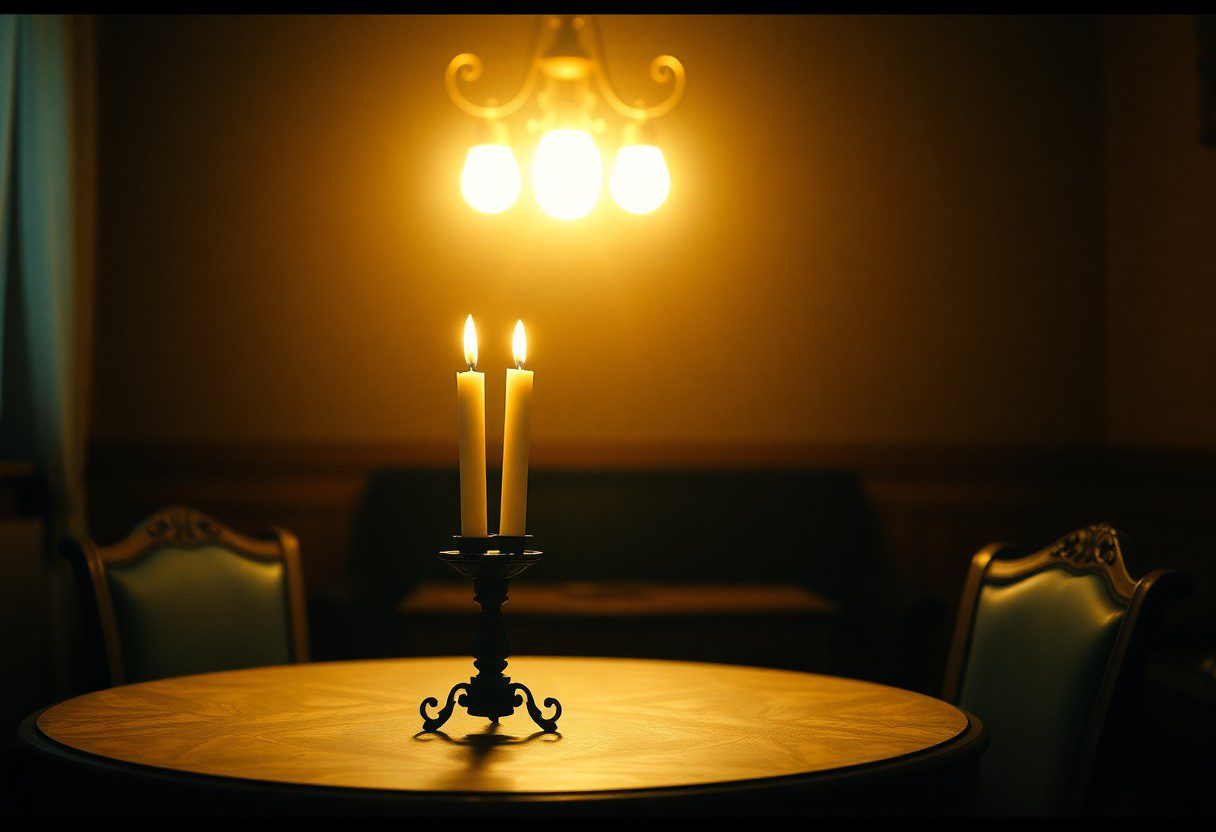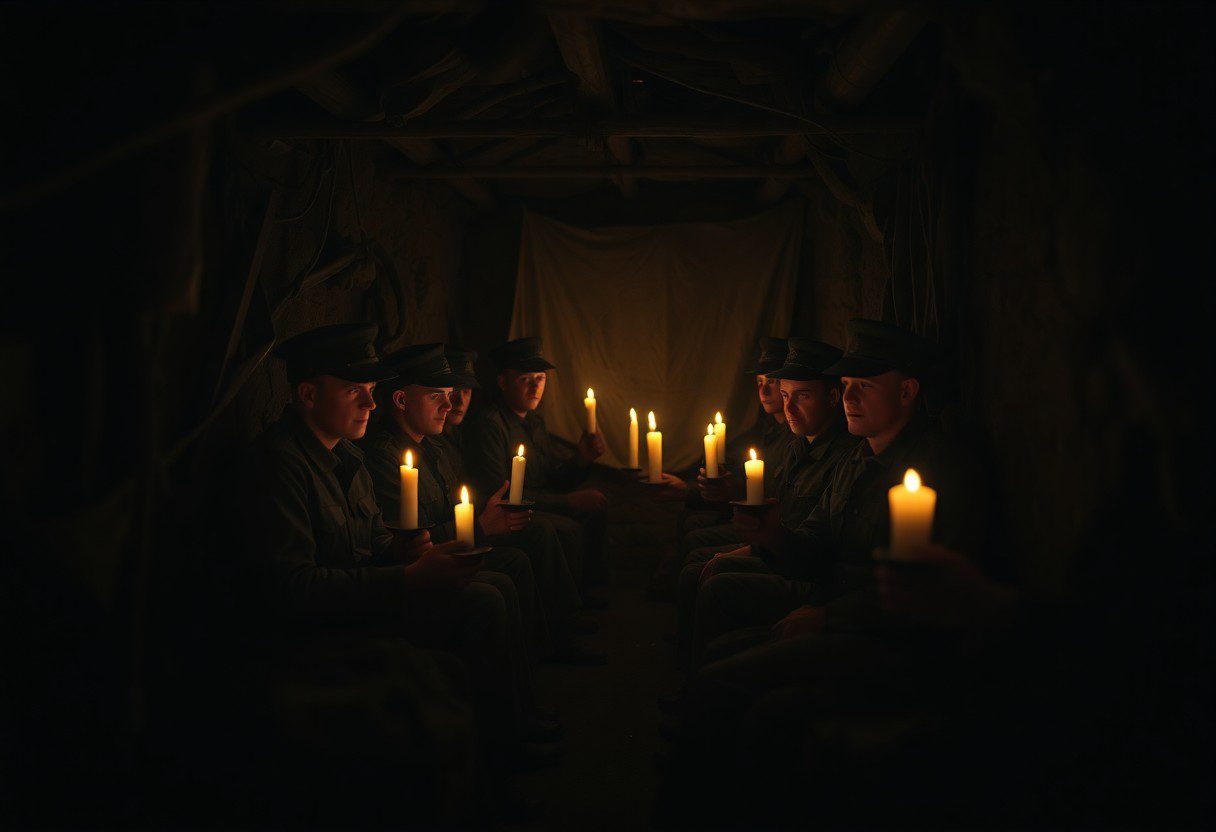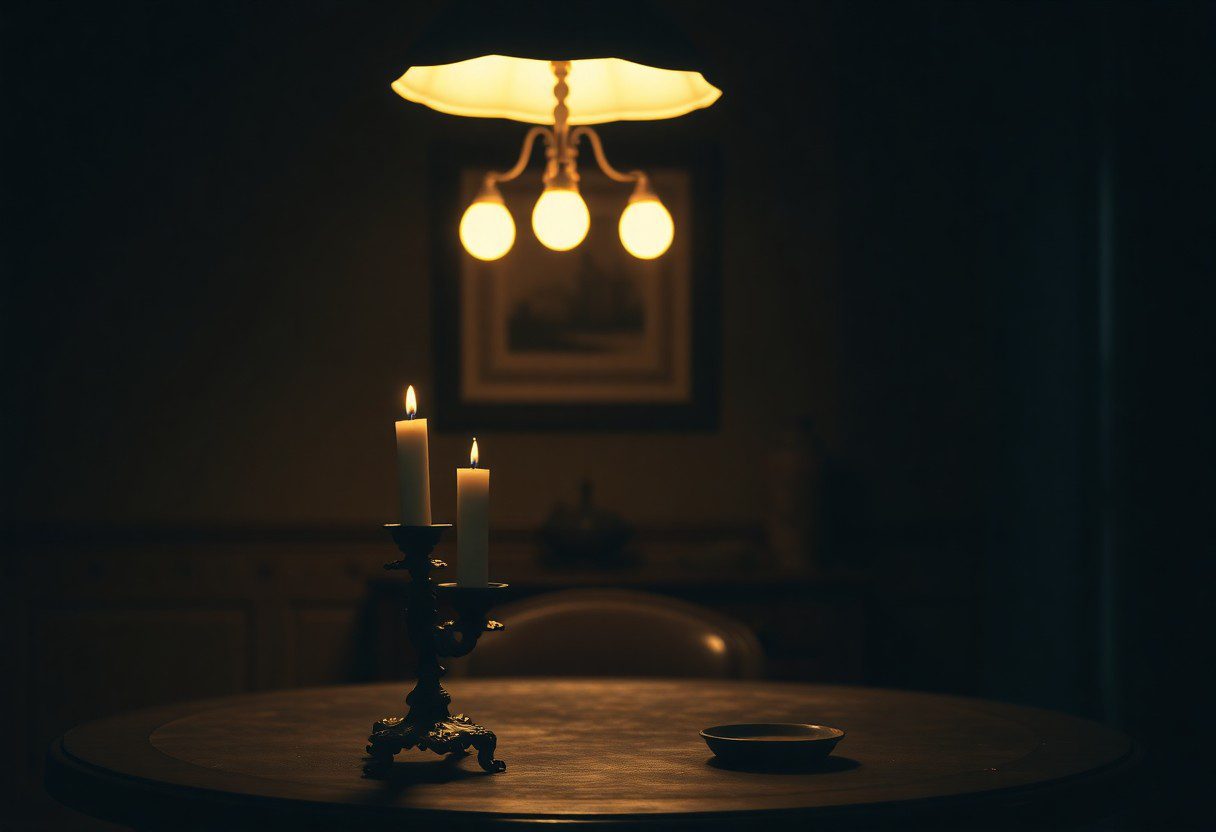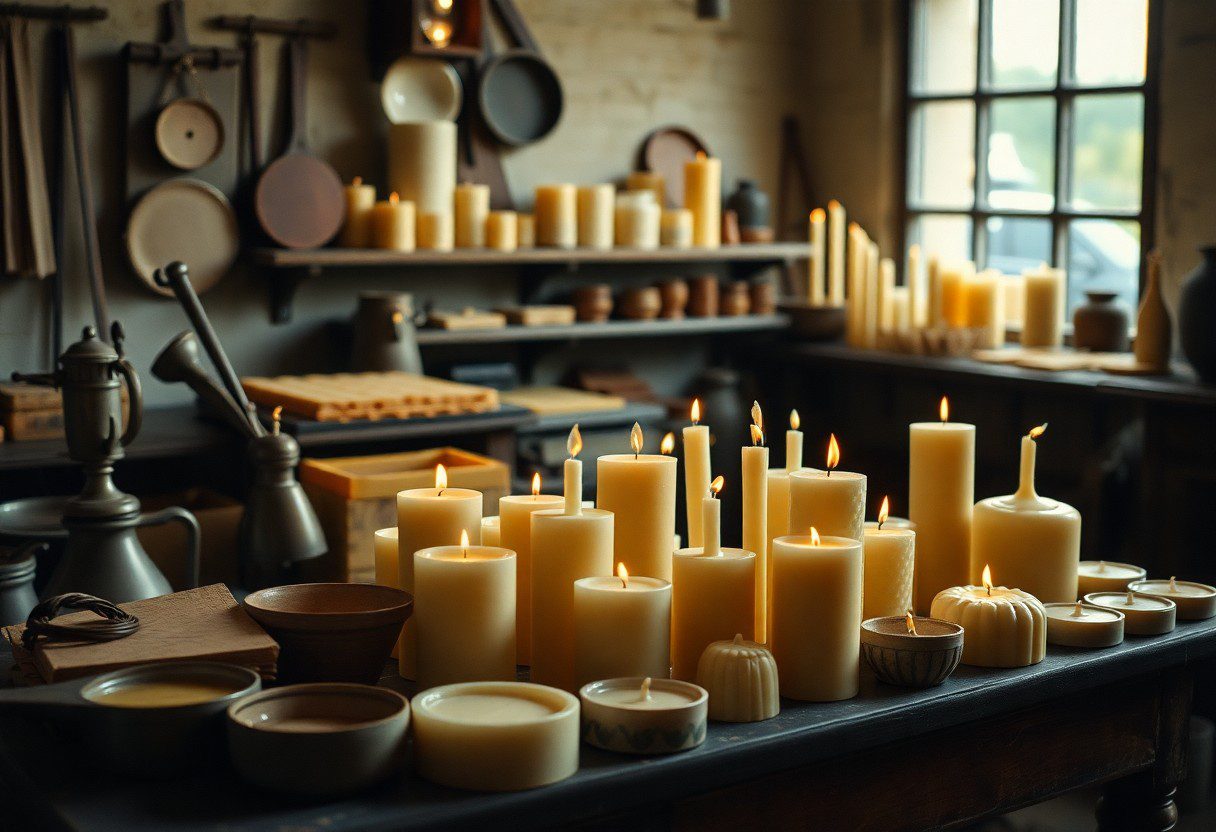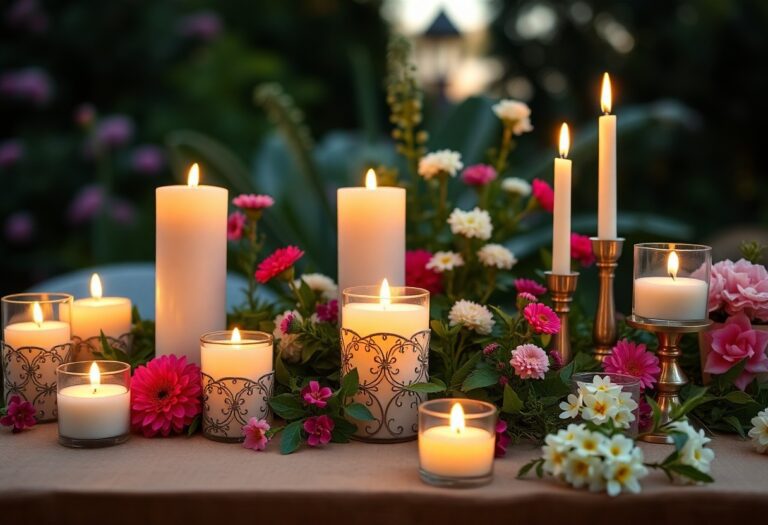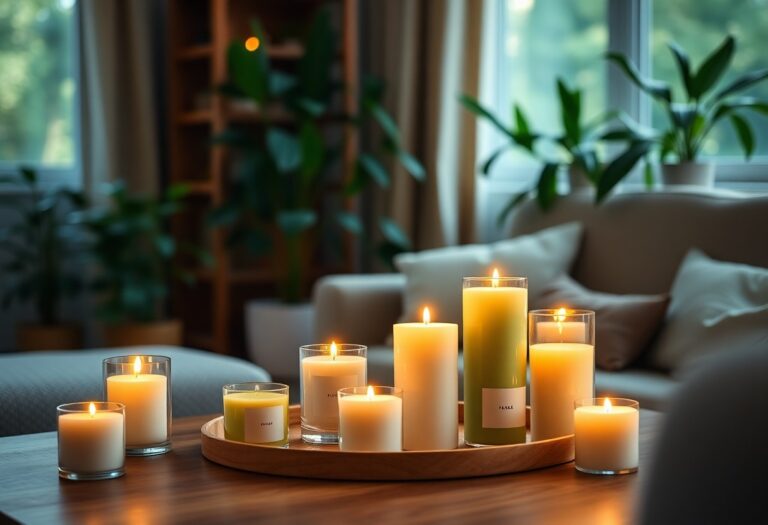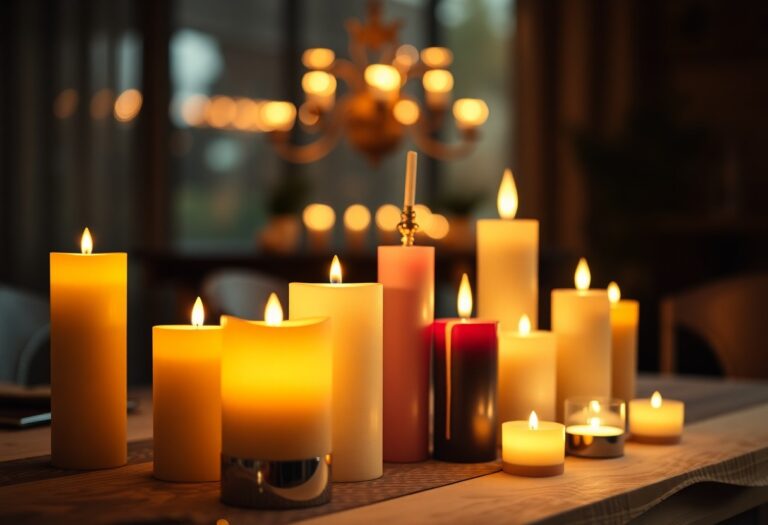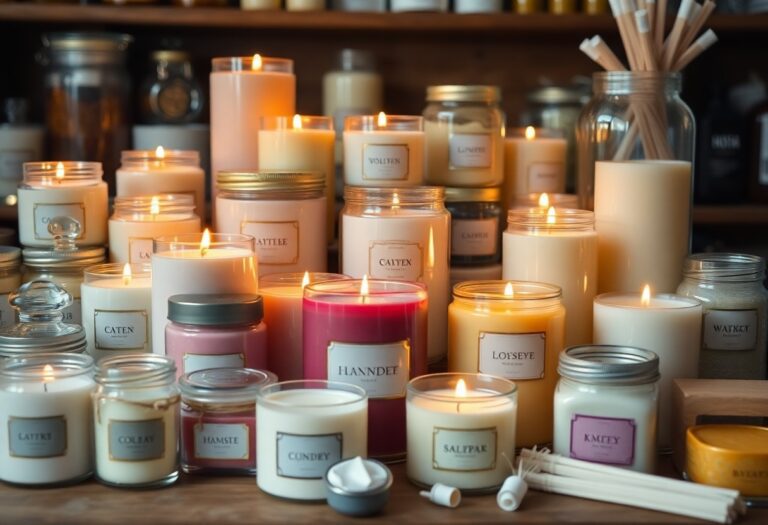The Impact Of Electric Lighting On Candle Usage – A Decline Or Renaissance?
Impacting your daily life significantly, the advent of electric lighting has transformed how you illuminate your spaces. While it led to a remarkable decline in traditional candle usage, you might find that candles are experiencing a resurgence for their ambiance and aromatic qualities. As you explore this phenomenon, you’ll discover that electric lights certainly provide convenience, but they also prompt you to reconsider the unique charm and cozy appeal that candles bring back into modern living environments.
The Historical Context of Candle Usage
To truly appreciate the impact of electric lighting on candle usage, it’s vital to look back at the historical context of how candles have been a staple in human life for centuries. Candles have been used for illumination and as a source of warmth and comfort long before the advent of modern electric lighting. From ancient civilizations, where they were crafted from animal fat or beeswax, to the more refined and scented varieties popular in the Middle Ages, candles were not just tools for light; they held cultural and spiritual significance. Various festivals and religious ceremonies often relied on candlelight to create ambiance, emotional connection, and a sense of reverence in the dark. You may find it interesting that in many homes, candles served as a primary light source, creating an atmosphere that contributed to social gatherings, storytelling, and intimate conversations during the long hours of darkness.
The Role of Candles Before Electric Lighting
To understand the role of candles before electric lighting, consider how they shaped daily life and rituals. Candles were a part of every household, illuminating homes, guiding travelers, and marking special occasions. In your own experience, think of how a candle’s flickering flame can bring a sense of warmth and nostalgia. This was true for those in the past; families would gather around candlelit dinner tables, and homes would warm the hearts of all who entered with their soft glow. Candles were the silent witnesses to both mundane tasks and momentous events, creating not only light but also fostering companionship and unity.
Transition to Electric Lighting
Against this backdrop, the transition to electric lighting marked a revolutionary shift, forever altering the way you experience light in your daily life. The late 19th century saw rapid advancements in technology, making electric lighting increasingly accessible and practical. Once affordable and efficient options began to emerge, such as the incandescent bulb, the necessity for candles in everyday life diminished. You can visualize this transition as a move from relying on handcrafted, intimate light sources to a more industrialized and uniform way of illuminating spaces. This progression certainly offered convenience, but it also raised questions about the place of candles in modern society.
Understanding the transition to electric lighting helps highlight the significant impact it had on candle usage. While electricity provided you with a reliable and powerful source of light, it often came at the expense of the romanticism and emotional connection that candles fostered. By stepping into a world where electric lights took center stage, you may have noticed that candles transformed from indispensable household items to luxury accessories, used for special occasions rather than everyday needs. This shift not only changed usage patterns but also influenced the manufacturing of candles, leading to innovations like scented and decorative variations that catered more to aesthetic and experiential desires than to practical lighting solutions.
Electric Lighting: A Game Changer
The advent of electric lighting fundamentally transformed the way you experience and utilize light in your daily life. Before electric lights illuminated your evenings, candles had been the primary source of illumination. With the flick of a switch, you could brighten your home, extend your activities into the dark hours, and create environments that were not previously possible. This innovation marked a significant transition, effectively making candle usage a secondary option as electric illumination became easily accessible and affordable for the average household.
Technological Advancements
Game-changing advancements in technology led to the widespread adoption of electric lighting systems. The introduction of incandescent bulbs in the late 19th century paved the way for electric lighting to become a household necessity. This innovation was soon followed by the development of fluorescent and LED technology, which improved energy efficiency and lighting quality, affording you even more options. As these technologies advanced, your dependency on traditional sources of light like candles diminished, granting you greater control over the ambiance of your space at any hour.
The Shift in Daily Practices
Practices around lighting in your home evolved significantly with the introduction of electric lights. No longer did you need to keep a stockpile of candles for illuminating your living areas; instead, you could rely on a simple flick of a switch to brighten your surroundings. This shift didn’t just reduce the reliance on candles; it also transformed your daily routine. Activities like reading, socializing, or working late into the night became more feasible and less constricted by the limitations of candlelight, allowing you to embrace a more flexible lifestyle.
Technological innovations further enhanced your experience, integrating lighting solutions with smart technology that allows for automation and personalization. You can now control your lighting remotely or set specific scenes to match your mood or activity, making the act of illuminating your space a more dynamic experience. The integration of electric lighting into your daily practices has not only simplified your life but also fostered a culture of convenience and comfort, drastically reducing the role of candles in modern living.
The Resurgence of Candle Popularity
While electric lighting has transformed your living spaces into bright and functional environments, the resurgence of candle popularity suggests a deeper emotional connection to this ancient source of light. In recent years, you may have noticed a growing interest in candles that goes beyond mere practicality; they have been embraced as a means to cultivate mood, enhance well-being, and create a comforting ambiance in your home. The unique qualities candles offer—such as their flickering glow and diverse fragrances—have attracted a new generation of enthusiasts who appreciate both the sensory experience and the rituals associated with lighting a candle.
As you navigate this candle revival, consider the ways in which both traditional artisans and modern brands have adapted to cater to your evolving tastes. The contemporary candle market is not only thriving but also diversifying. From artisanal options that celebrate craftsmanship to eco-friendly choices made from sustainable materials, the variety of offerings means there’s something for everyone. This renaissance prompts you to explore and discover candles that resonate with your personal style and values, filling your space with both scent and character.
Modern Trends in Candle Production
With the rise of consumer awareness regarding sustainability, many brands are prioritizing eco-friendly practices in modern candle production. This includes the use of natural waxes, such as soy and beeswax, which offer cleaner burning alternatives to traditional paraffin. As a result, you can now indulge your love for candles while also supporting environmentally responsible choices. Additionally, innovative fragrances and design elements have expanded possibilities, allowing you to curate a unique sensory experience within your home.
Another trend you may have noticed is the emphasis on personalization in candle offerings, where companies now allow you to customize scents and container designs, making each candle a reflection of your individuality. Hand-poured candles often come with a story or artistic touch that makes them feel special. This not only enhances your experience but also provides a sense of connection to artisans who pour their passion into their craft.
Candles as Lifestyle and Aesthetic Choices
Around the globe, candles have evolved into lifestyle and aesthetic choices that resonate with your desire for authenticity and self-expression. They are no longer merely functional objects but cherished decor items that add warmth and charm to any environment. You may find that lighting a candle can create an atmosphere of calm and tranquility, making it an vital part of your daily rituals, whether during a relaxing bath or a cozy dinner at home.
Aesthetic choices can greatly influence your overall mood and well-being. By choosing candles with appealing designs and inviting scents, you enhance the beauty of your space while nurturing your senses. With various styles ranging from minimalist to ornate, every detail allows you to express your unique personality while transforming your surroundings into a sanctuary of comfort. Embracing the trend of candles as lifestyle elements empowers you to curate an inviting atmosphere that reflects your personal taste, reminding you of the intimacy and warmth that flickering candlelight can bring.
Environmental Considerations
For many individuals, the choice between electric lighting and traditional candles comes down to environmental considerations. As our awareness of the ecological impact of our decisions grows, you may find yourself pondering how each option affects the planet. While electric lighting has ushered in an era of convenience and efficiency, the production and disposal of these items come with significant environmental costs. Manufacturing electric lights often involves the extraction and processing of natural resources, leading to habitat destruction and increased carbon emissions. In contrast, candles, especially those made from natural materials like soy or beeswax, can be a more environmentally friendly option, provided they are sourced responsibly.
Impact of Electric Lighting on Energy Consumption
With the rise of electric lighting, your energy consumption patterns have likely shifted dramatically. Traditional incandescent bulbs are notoriously energy-inefficient, while newer technologies like LED lights have made strides in energy conservation. This means that when you opt for electric lighting, your choices can directly contribute to lower energy consumption and a reduced carbon footprint. However, even with advances in technology, it’s vital to understand how your overall energy use translates into long-term environmental implications.
Sustainability of Candles vs. Electric Lighting
Beside the considerations regarding energy consumption, you should also evaluate the sustainability of candles in comparison to electric lighting. While electric lights can provide consistent illumination, their overall sustainability is hampered by factors like the energy source that powers them—often fossil fuels—and the waste produced from their manufacture. Conversely, sustainably sourced candles created from natural waxes can not only offer ambiance but also align more closely with eco-friendly goals. The key lies in understanding the lifecycle of both options and making informed choices that reflect your values.
Energy usage is a significant factor when weighing the sustainability of candles against electric lighting. While electric lights, particularly LEDs, are designed to be energy-efficient, they still require electricity that may come from non-renewable sources. On the other hand, responsibly sourced candles from natural materials can be more sustainable if they are produced without chemicals and come in eco-friendly packaging. Additionally, candles can provide low-energy lighting solutions during power outages or while creating a cozy atmosphere in your home. Let’s dive deeper into how these choices impact the environment and your personal footprint.
Cultural Significance of Candles Today
Not only are candles a source of light, but they also hold a meaningful spot in various aspects of your life, from celebrations to moments of reflection. The history of candles stretches back thousands of years, illustrating their enduring appeal and versatility. In your own home, candles often serve as a decorative element, transforming a space and creating a warm ambiance that you might seek during gatherings or quiet evenings alike. Moreover, as society increasingly embraces eco-friendly choices, the shift towards natural and sustainable candle options further emphasizes the cultural relevance that this age-old item commands in modern life.
Candles in Rituals and Celebrations
With candles featuring prominently in various rituals and celebrations, you may find they enhance your experience of significant moments, both sacred and secular. From birthday cakes adorned with lit candles to the flickering flames that accompany spiritual practices, their presence signifies joy, introspection, and hope. Whether lighting candles during religious ceremonies or using them to set an intimate atmosphere during family gatherings, these small sources of light allow you to connect with a tradition that transcends time and culture.
The Psychological Appeal of Candle Light
Candles create an inviting atmosphere that encourages relaxation and reflection. You might have noticed how the soft, flickering light evokes feelings of warmth, comfort, and tranquility in your space. This interplay of light and shadow can stimulate your senses, inspiring a sense of calm that can be particularly beneficial amid the hustle and bustle of daily life.
This psychological effect is further amplified by the soothing scents that many candles emit as they burn. The aromatic experience can ease stress and create a peaceful environment, encouraging you to unwind and focus on the moment. When you light a candle, you not only illuminate your surroundings but also allow its gentle glow to transform your emotional state. The atmosphere becomes an oasis of calm, promoting relaxation and offering a brief respite from the stresses of life. In a world often filled with harsh artificial light, candlelight serves as a potent reminder of the importance of creating a cozy and harmonious setting.
Economic Implications
All of these shifts in lighting technology have significant economic implications for both consumers and the candle industry. As electric lighting became more accessible and widespread, the demand for candles as a primary source of light has steadily decreased. However, candles have not disappeared. Instead, their role has transformed, evolving into a luxury item and a tool for creating ambiance. This situation presents an opportunity for candle manufacturers to reposition their products in the market. You can explore how this transformation is discussed in depth in the research article Unveiling the mythical candles, which analyzes the changing consumer preferences and market dynamics.
The Candle Industry in the Age of Electric Lighting
Implications of electric lighting on the candle industry have been profound. While traditional candle usage has plummeted, the industry has responded with creativity, continuing to thrive through innovation and diversification. Today, candles serve as a form of self-expression, offering an opportunity for brands to create unique fragrances, designs, and eco-friendly products that appeal to consumers looking for a nostalgic experience or an elevated ambiance in their living space. You are likely to notice that candles have increasingly become staples in modern homes, not just for their aesthetic qualities but also for their involvement in wellness trends, such as aromatherapy.
Market Trends and Consumer Behavior
Market research indicates that consumer behavior has shifted toward valuing quality over quantity when it comes to candles. Your purchasing decisions may be influenced by the rise of artisanal brands that emphasize sustainability and craftsmanship. This trend is amplified by social media platforms where influencers showcase unique candle products, driving demand for niche and handmade items. As you explore candle options, you might find yourself drawn to brands with storytelling and an emphasis on the sensory experience they provide.
Plus, this new focus on candle usage often centers around the psychological benefits of lighting and fragrances. The positive impact of candles on mood, combined with their aesthetic appeal, has led many consumers to integrate candles into their daily lives. As you navigate the varieties available, consider the safety and quality of the products, given that some candles can release toxic substances when burned. So, it’s important to choose brands that prioritize eco-friendly materials while delivering the sensory experience you seek.
Final Words
Conclusively, the advent of electric lighting has significantly transformed how you perceive and utilize candles. While it is evident that electric lighting has led to a decline in the consistent use of candles for illumination, it has simultaneously revived their role as decorative elements and sources of ambiance in your home. You may find that candles now serve a dual purpose—once a necessity, they have evolved into an accessory that enhances the atmosphere, creating a sense of warmth and tranquility that electric lights cannot replicate. This shift illustrates that while the traditional function of candles may have diminished, their relevance persists in new forms that cater to modern aesthetic preferences.
Moreover, the sustainability movement has also played a vital role in reshaping your relationship with candles. As you become more conscious of your environmental footprint, the demand for natural and eco-friendly candle options is on the rise. In this context, candle makers are innovating, creating products that align with your values and desires for sustainability. This suggests that candles are experiencing a renaissance of sorts, reflecting your evolving needs and attitudes. Ultimately, the impact of electric lighting goes beyond mere metrics; it embodies a cultural shift that respects both tradition and innovation, allowing you to celebrate the enduring charm of candles in your daily life.
FAQ
Q: How has the introduction of electric lighting affected the demand for candles?
A: The introduction of electric lighting significantly decreased the demand for candles in residential and commercial spaces. Electric lights provided a more reliable and efficient source of illumination, making candles less practical for everyday use. As a result, many people transitioned to electric lighting as their primary light source, leading to a decline in candle production and consumption for lighting purposes. However, candles have since found new niches in decorative uses, aromatherapy, and special occasions, indicating a shift in consumer perception rather than a complete disappearance of candles.
Q: Are candles experiencing a renaissance despite the prevalence of electric lighting?
A: Yes, candles are experiencing a renaissance as they have re-emerged as popular decorative and experiential items. In recent years, there has been a growing interest in home aesthetics, wellness, and self-care, leading to increased candle usage for ambiance, relaxation, and scent. Consumers are drawn to artisanal and eco-friendly candles, which cater to a desire for sustainability and unique sensory experiences. Consequently, while candles are no longer the primary source of lighting, they have found new relevance in modern lifestyles, thriving in the market as luxury and decorative items.
Q: What factors contribute to the continued popularity of candles in today’s society?
A: Several factors contribute to the sustained popularity of candles in today’s society. First, candles offer a sense of nostalgia and warmth that electric lighting cannot replicate, often associated with relaxation and comfort. Second, the rise of wellness trends has prompted many individuals to seek out products that enhance their living environments, where scented candles play a pivotal role. Additionally, candles are often used for special occasions, celebrations, and as meaningful gifts, further embedding them into various cultural practices. Lastly, the growing preference for sustainable and organic products has prompted an increase in the production and consumption of eco-friendly candles, appealing to environmentally conscious consumers.


